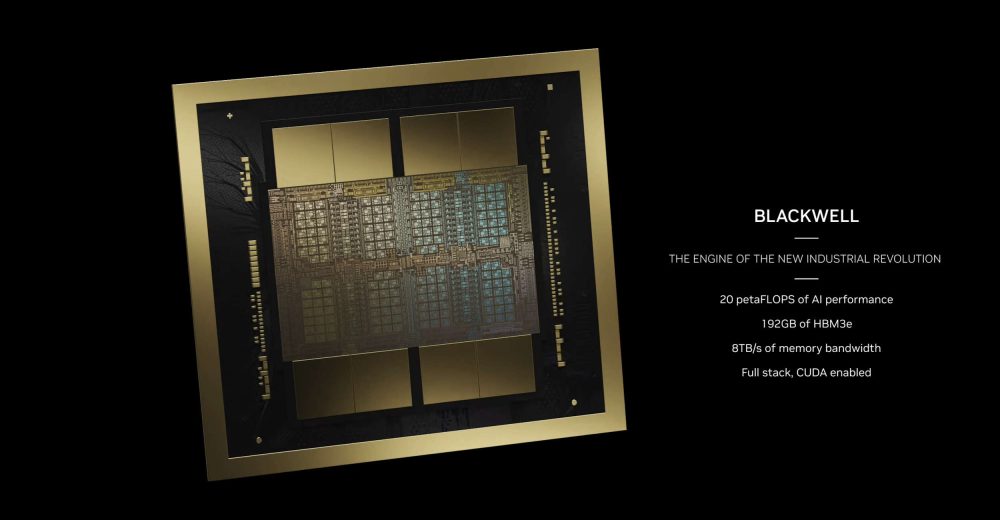In a move that could reshape the global tech landscape, President Donald Trump and Chinese President Xi Jinping have agreed on a one-year tariff truce, temporarily cooling one of the most consequential trade disputes in modern history. The two leaders met at an airport in Busan, South Korea, where they reportedly settled several long-standing economic flashpoints, from rare earths to semiconductor restrictions, though much remains uncertain.
A Cooling of the Trade War
According to The New York Times, the pair “broke little new ground” but managed to untangle a few critical knots that had kept negotiations stalled for years.
The United States will halve tariffs on select Chinese imports, while Beijing will pause its sweeping export controls on rare earth metals for one year, a key concession that alleviates fears of a global supply crisis.
Trump called the rare earths deal a “win for the world,” promising it would be “routinely extended as time goes by.” China, for its part, avoided the kind of all-out confrontation that had threatened to freeze its semiconductor industry and manufacturing base.
The Hidden Backbone of Modern Technology
Rare earth elements, 17 metallic minerals with names like neodymium and dysprosium, are the unsung heroes of the digital age. They power everything from EV motors and wind turbines to precision weapons, smartphones, and semiconductor manufacturing.
China currently controls over 80% of global rare earth production and processing, giving it immense leverage over the U.S. and its allies. When Beijing announced sweeping export restrictions earlier this year, it sent shockwaves through the defense and tech sectors alike.
This truce effectively reopens the pipeline, but only temporarily. As one analyst at Piper Sandler put it, “Xi was ready for Trump in his second term and has a powerful weapon in rare earths.” For now, that weapon is sheathed.
Nvidia and the AI Chip Question
The most sensitive topic during the Busan meeting was semiconductors, specifically, Nvidia’s AI chips. The U.S. has imposed strict export controls to prevent China from obtaining access to advanced processors used to train large AI models. Nvidia and AMD were forced to develop limited-performance versions (like the A800 and H20) that comply with U.S. laws.
Trump acknowledged that he and Xi discussed AI chips and hinted that some flexibility might be possible. However, he stressed that Nvidia’s next-generation Blackwell GPUs, the crown jewels of AI compute, remain off the table.
“We’re not talking about Blackwell,” Trump told reporters aboard Air Force One.
That single line underscores the ongoing tension: while Washington may be easing tariffs and rare-earth restrictions, it’s not ready to give up control over AI supremacy. Nvidia, now worth over $2 trillion, stands at the epicenter of that power struggle.
A Fragile Peace with Strategic Undercurrents
Trump also announced that China agreed to increase U.S. agricultural imports and potentially buy oil and gas from Alaska. Yet, China’s own statement downplayed these promises, emphasizing “expanded cooperation” but omitting figures or timelines.
Even more telling is what wasn’t said.
China’s official readout made no mention of semiconductors, a sign that Beijing may view the truce as tactical rather than transformational. Nicholas Burns, former U.S. ambassador to China, called it “an uneasy truce in a long, still simmering trade war.”
In short, both sides needed a breather. Trump needed a political victory before the November tariff deadline, and Xi needed to protect China’s tech manufacturing backbone without appearing weak at home.
What This Means for the Market and the Tech World
From a market perspective, this truce is a pressure valve. Investors who feared escalating tariffs can breathe easier, for now. Semiconductor and rare earth stocks may see short-term relief, especially companies like Nvidia, AMD, and TSMC, which rely on stable supply chains.
But beneath the optimism lies strategic mistrust.
- The U.S. still views AI and semiconductors as critical national security assets.
- China is doubling down on self-reliance, accelerating domestic EDA software (like Qiyunfang’s launch) and chip design ecosystems.
- Rare earths remain a loaded weapon, and Beijing can reimpose controls at any time.
In practical terms, this truce gives both nations time to regroup. China can continue developing homegrown GPU and AI accelerators (such as Huawei’s Ascend and Biren’s BR series), while U.S. firms receive temporary access to critical minerals.
But if the past few years have shown anything, it’s that a pause is not peace.
What The Future Holds
This one-year truce feels less like a handshake and more like a timeout between two heavyweights catching their breath. It’s good news for global stability, but it doesn’t change the direction of travel: both nations are hardening their technological borders.
In the short term, this may stabilize the semiconductor supply chain, allowing companies to plan without fear of sudden export bans. But in the long run, it only reinforces the split in the tech world, one dominated by U.S. chip architectures and another rising from China’s self-sufficient innovation drive.
The real winner, for now, is the global tech industry, which can at least plan its next 12 months with a little less chaos. But when that year is up, expect the tension to return, and perhaps, to deepen.


